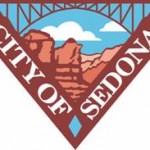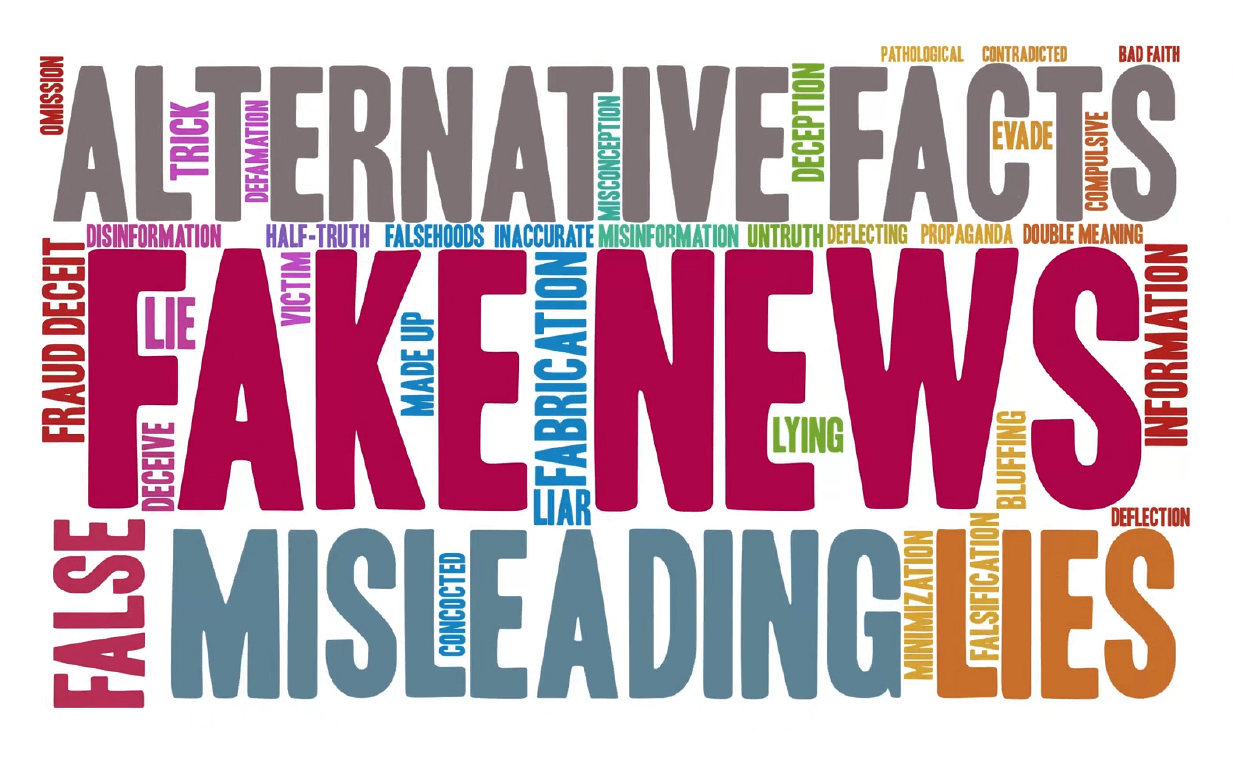 Sedona, AZ (August 10, 2011) – In response to recent concerns regarding wildland fires and smoke management in the Verde Valley, the United States Forest Service (USFS) and the City of Sedona will be available to citizens during an Open House at the Sedona Council Chambers, August 23, 2011.
Sedona, AZ (August 10, 2011) – In response to recent concerns regarding wildland fires and smoke management in the Verde Valley, the United States Forest Service (USFS) and the City of Sedona will be available to citizens during an Open House at the Sedona Council Chambers, August 23, 2011.
Fire Managers from the Coconino, Prescott and Kaibab National Forests and Arizona Department of Environmental Quality (ADEQ) will be available to talk to the public from 4:00 until 6:00 PM concerning fire and smoke management, and its related issues.
The USFS and the City of Sedona issued the following background information and considerations regarding fire management:
- Firefighter and Public safety are the first priority when fighting fires.
- There are two types of fire in the forest; Wildfires and Prescribed (burns) fires.
- Fire hazards and dense growth conditions throughout our forests have increased over the years and due to these conditions wildfires can produce a large amount of smoke.
When a wildfire begins in a forest, the USFS assesses how the fire will be managed. The USFS may decide to use the fire as nature intended to reduce heavy fuel accumulations, and at other times, it may decide to actively fight fires when communities, property or people are at risk.
The USFS issued the following statement, “We work and live in areas that may be impacted by fire and we understand the concerns of smoke. The Coconino, Kaibab, and Prescott National Forests are working together to minimize smoke impacts.”
The US Forest Service states that “to safely manage fires and smoke impacts” it coordinates and collaborates with local agencies and National Forests to minimize the impact and plans prescribed fires when local “weather conditions help ventilate and disperse smoke near communities.” The USFS assessments of wildland and prescribed fires may, to advantage weather conditions, determine a shorter active burning period of prescribed fires and wildfires and or a burning of greater acreage in lesser time to reduce long term smoke exposure. Heavy fuels mitigation emitting smoke for extended periods of time is also assessed for its impact on local communities and air quality.
The USFS advises that it works closely with ADEQ to monitor air quality during burning events by using air quality monitors viewable online at (http://www.phoenixvis.net/PPMmain.aspx).
When area wildfires occur or prescribed fires are planned, the United States Forest Service is to inform the public. The USFS is to notify the public in several ways, including but not limited to press releases for radio and newspapers, public website postings, and e-mail notification.
In 2010, the USFS recorded 236 wildfires on the Coconino National Forest, 114 human-caused and 122 lightning-caused. Overall, Coconino fire frequency has declined in comparison to a recorded 300 fires in 2009 and over its five year average, although no statistical comparisons were made available by the USFS as to the financial and geographical area losses incurred annually since 2005. Frequency of area fires does not address local impact.
The Sedona City Council Chamber is located at 102 Roadrunner Drive, in west Sedona, Arizona. The public is welcome at all City Council meetings. Visit www.SedonaEye.com Calendar of Events daily for local information and event listings.



Many in the Sedona inhaled a smokey haze during the day of September 2, 2011. The red rocks views of Sedona were obscured and the sunny blue skies disappeared.The particulate reading was 25 by 10:30 AM after a dawn reading of zero. By midafternoon, Sedona air quality was unhealthy.
Surrounding communities to the south and east of Sedona registered in the unhealthy range for much of the day.
The National Weather Service in Flagstaff attributed most of the unhealthy haze to Phoenix dust storms with some local Coconino Blythe smoke.
Four-Forest Restoration Initiative (4FRI) Draft Environmental Impact Statement – The 4FRI Coconino and Kaibab National Forest Draft Environmental Impact Statement (DEIS) is expected to be available to the public for review and comment in late February 2013.
If you would like to be added to our mailing list and receive notification (via email) when the DEIS is available electronically on the 4FRI website, please let us know.
If you would like to receive a DVD of the DEIS, send us this request. If you would like information on 4FRI, please visit our website at: http://www.fs.usda.gov/4fri.
The 4FRI Interdisciplinary Team
Paula Cote’
NEPA Specialist
Four-Forest Restoration Initiative Coconino National Forest
1824 S. Thompson Street
Flagstaff, Arizona 86001
pcote@fs.fed.us
(928) 226-4686